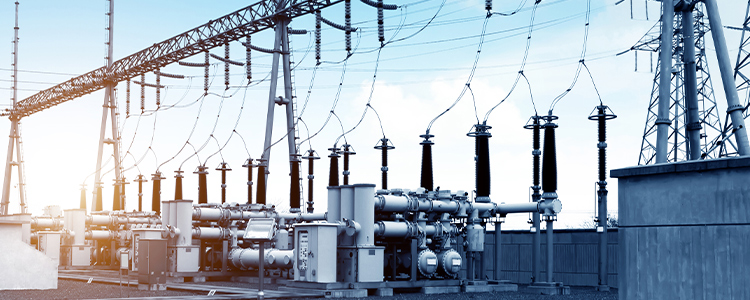- All
- Product Name
- Product Keyword
- Product Model
- Product Summary
- Product Description
- Multi Field Search


Views: 0 Author: Site Editor Publish Time: 2024-09-12 Origin: Site
Switchgear is a crucial component in any electrical system, serving as the backbone that ensures the safe and efficient distribution of electricity. Choosing the right switchgear is not just about meeting the immediate needs of your electrical system; it’s about future-proofing your operations, ensuring compliance with safety standards, and optimizing the performance and reliability of your system. This guide will delve into the key factors to consider when selecting switchgear, helping you navigate the complexities of this essential equipment.
Switchgear is a combination of electrical disconnect switches, fuses, or circuit breakers used to control, protect, and isolate electrical equipment. It’s an integral part of both transmission and distribution systems, ensuring the safe and efficient flow of electricity. The primary function of switchgear is to interrupt the flow of electricity in the event of a fault, preventing damage to the system and ensuring the safety of personnel.
Switchgear comes in various forms, including air-insulated, gas-insulated, and vacuum-insulated. Each type has its unique advantages and is suited to specific applications. For instance, air-insulated switchgear is widely used for its simplicity and reliability, while gas-insulated switchgear is preferred in space-constrained environments due to its compact design. Understanding the basic functions and types of switchgear is the first step in selecting the right equipment for your electrical needs.
Choosing the right switchgear involves considering several key factors. The first is the system voltage and current rating. It’s essential to select switchgear that can handle the maximum voltage and current expected in your system to ensure safe and efficient operation. The short-circuit rating is another critical factor, as it determines the switchgear’s ability to withstand and interrupt fault currents without sustaining damage.
The type of electrical system is also a significant consideration. For instance, systems with frequent load changes may require switchgear with high interrupting capacity. Additionally, the location and environmental conditions where the switchgear will be installed play a crucial role in its selection. Factors such as temperature, humidity, and exposure to dust or corrosive elements can affect the performance and longevity of the switchgear.
Lastly, consider the future expansion needs of your electrical system. It’s advisable to select switchgear that can accommodate potential increases in load or changes in system configuration to avoid costly upgrades in the future.
Compliance with national and international standards is a critical aspect of switchgear selection. Standards such as IEC 62271-200 and ANSI C37.20.1 set the benchmarks for the design, testing, and performance of switchgear. Adhering to these standards ensures that the switchgear is safe, reliable, and suitable for its intended application.
Safety is paramount when it comes to electrical systems. Proper earthing and grounding of switchgear are essential to prevent electrical shock and equipment damage. Additionally, the design of the switchgear should facilitate safe operation and maintenance, minimizing the risk of accidents. Regular maintenance and testing, in accordance with the manufacturer’s guidelines and industry standards, are crucial to ensure the ongoing safety and reliability of the switchgear.
When selecting switchgear, it’s essential to consider not just the initial purchase price but also the total cost of ownership over the equipment’s lifespan. This includes installation costs, maintenance expenses, and the potential costs associated with downtime due to equipment failure.
Investing in high-quality, reliable switchgear may involve a higher initial cost but can lead to significant savings in the long run. Durable switchgear with a long service life and low maintenance requirements can reduce the total cost of ownership. Additionally, switchgear with advanced features such as digital monitoring and control can enhance operational efficiency and prevent costly downtime.
Selecting the right switchgear is a critical decision that impacts the safety, efficiency, and reliability of your electrical system. By considering key factors such as system requirements, compliance with safety standards, and the total cost of ownership, you can make an informed choice that meets your current needs and anticipates future demands. Remember, the right switchgear is not just an investment in equipment; it’s an investment in the long-term success and safety of your operations.
content is empty!